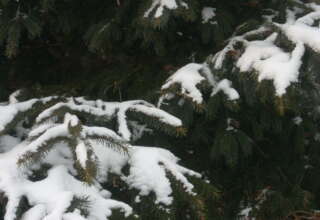
Unfortunately, the news is even worse. We are not very strong or very fast. A few years ago, I had the wonderful opportunity to spend a bit of time in one of the game parks in South Africa. One of our guides noted that human beings are among the slowest and weakest species to be found on the African plains. It is only our intelligence and proclivity to collaborate with fellow human beings that enables us to survive in this sometimes-hostile environment. This means that when we are alone (such as when we are attempting to fall asleep), the lion (imagined or real) is a source of major anxiety.
How do other species (especially mammals) deal with “real” lions? Big animals like elephants and hippos can threaten to fight the attacking lion (and often win the battle if it occasionally does occur). Zebras and other fleet four-legged mammals on the African savannah can engage their sympathetic system in an effort to flee the attacking lion. We human beings operate more like the less-fleet and much smaller mammals on the savannah—those animals that can’t fight the attacking lion nor flee from it. Both we and our small furry friends adopt a quite different strategy. We freeze. We don’t move a muscle, hoping that the lion either will not see us or will ignore us while searching for something more appetizing or perhaps more challenging (are lions driven by lofting ambitions?). Thus, freeze is much more likely to be our modus operandi than is either fight or flight.
The issue then becomes: how do we deal with freeze (especially when compared to the ways other mammals deal with freeze)? Let’s cut to the chance: we don’t manage freeze very well at all and this leads to major health complications – including the inability to fall and remain asleep. What other small and slow mammals do is shake off the freeze after a very short period of time. They tremble and may even dance around a bit. All of this helps to drain off the adrenaline (sympathetic system) that has been coursing through their body during the freeze phase.
Unfortunately, we humans tend to do two things that are very bad. First, we remain in the freeze state for a lengthy time period. Our imagined lion doesn’t easily move away: it stays right there in front of us growling and snarling with those big sharp teeth gleaming off the African sun. Since the lion never seems to go away, we remain in a state of freeze for many minutes or hours—not good at all for our body or specifically our ability to prepare for sleep.
Second, we rarely do anything to drain off the adrenaline once we disengage from freeze. We might do a bit of trembling (there is a great deal of truth in the phrase “trembling from fear’). However, this isn’t enough—especially if we have been in freeze for a long time. This is where exercise comes into the picture. If we can run, dance, swing a bat or climb a rock wall, then we are draining off the adrenaline. If, instead, we just sit there and reflect on the hard times, the adrenaline is not drained off and we are likely to experience negative physiological and psychological outcomes (such as heart attacks and depression)—and we are likely to experience problems in achieving a good night of sleep.








